5 Good Stocks to Buy While They Are Cheap
Cash in on these solid companies while you can still get them at price-earnings ratios of 10 or less.

Even after kicking off the new year with a 6% slide in the first week of trading, the stock market doesn’t look cheap. Corporate profits have been slumping over the past few quarters, and Wall Street earnings estimates are falling—keeping a lid on the market’s price-earnings ratio. Companies in Standard & Poor’s 500-stock index on average trade at 15 times estimated 2016 earnings. That means investors are paying $15 for a dollar of profits, only slightly below the 25-year average, according to J.P. Morgan.
Yet plenty of big-name stocks trade well below the average P/E. These aren’t battered oil drillers or mining companies whose only hope of a rebound is a recovery in prices of energy or raw materials. Some healthy biotechnology, financial and technology firms have P/Es in the low double digits, in many cases below 10. Even a few stocks in the energy patch look like bargains—and don’t need a recovery in oil prices to lift their fortunes.
Start with the biggest and best-known company on the planet, Apple (symbol AAPL, $99.96). Off from its record high of $133, set in February 2015, the stock’s P/E has dipped to 10. That’s 15% above its five-year low, according to UBS analyst Steve Milunovich. Yet Apple’s P/E, about one-third less than the market average, now matches the low point from the spring of 2013, just after Apple slashed iPhone 5 orders by 40%. In hindsight, that proved to be a terrific buying opportunity. (Returns, share prices and related figures are as of January 12.)

Sign up for Kiplinger’s Free E-Newsletters
Profit and prosper with the best of expert advice on investing, taxes, retirement, personal finance and more - straight to your e-mail.
Profit and prosper with the best of expert advice - straight to your e-mail.
Today, investors worry that demand for iPhones—a product that accounts for almost two-thirds of Apple’s revenue—isn’t matching analysts’ forecasts. The company has slashed factory orders for its latest iPhone models, according to reports, partly because people aren’t upgrading older phones as quickly as anticipated. Some analysts believe Apple sold fewer iPhones in the fourth quarter of 2015 than it did in the same period of 2014, when Apple sold a record 74.5 million phones. Sales of iPads continue to slide, and new products, such as the iWatch, aren’t big enough to move Apple’s titanic sales: $233.7 billion in the fiscal year that ended in September 2015.
The bullish case for Apple is that it is experiencing a lull that will pass once the company launches its next big phone upgrade, expected this fall. China remains an enormous opportunity—sales rocketed 99%, to $12.5 billion in the quarter that ended last September 26. Overall, Apple isn’t losing its market strength in smartphones, and its “brand and ecosystem have never looked stronger,” says Milunovich, who sees the stock hitting $130 over the next 12 months. Although most investors don’t buy Apple for its dividend, the stock yields 2.1%, about the same as the broad market.
At 8 times estimated 2016 earnings, Gilead Sciences (GILD, $97.10) is remarkably cheap for a biotechnology leader. The stock has slipped 14% over the past six months because of concerns that sales of Gilead’s top-selling products—drugs to treat hepatitis C—are coming up shy of analysts’ forecasts.
Competition for the drugs is heating up, with a rival product from Merck due out in early 2016. Drug makers overall face political pressure to lower prices. And analysts fret that Gilead’s pipeline of products in development isn’t robust enough to spur sales growth. Wall Street sees earnings slumping to $12.06 per share in 2016, from $12.19 in 2015. (
SEE ALSO:
Battered Biotech Stocks to Buy Now
p>.)
But RBC Capital Markets analyst Michael Yee advises sticking with the stock. The new Merck product should take 5% to 10% of the hepatitis-drug market in its first year, he estimates. But sales of Gilead’s hepatitis drugs could pick up. Until now, insurance companies mainly covered the drugs for patients with advanced stages of the disease. UnitedHealthcare recently issued new guidelines that authorize one of the drugs for patients who aren’t as sick—opening up about half the market of potential patients. Gilead could also win approval for a new hepatitis C drug combination, potentially boosting sales if the Food and Drug Administration signs off on the combo; a decision is expected in June.
The upshot: Gilead should see earnings climb by 2.5% in 2017, according to Wall Street estimates. That’s hardly exciting growth. But even if the shares hit $130 over the next year—Yee’s price target—they would only fetch 11 times estimated 2017 earnings. The stock yields 1.8%.
Delta Air Lines (DAL, $46.96) trades at a mere 7 times estimated 2016 earnings. Investors fear that fare wars will break out as airlines add more planes to their fleets, pressuring profits across the board. Jet-fuel prices may climb from today’s depressed levels. Labor costs are inching up, and investors worry that profit margins, already under pressure, will continue to slide.
Powerful as these forces are, they may already be baked into Delta’s stock price. Credit Suisse sees the growth of industry seat capacity peaking in the first quarter of 2016. Delta’s revenue per passenger mile (a key airline measure of efficiency) should turn positive this summer, after slumping 3.3% in 2015. Delta is also buying back stock to boost earnings per share, and the company is using its windfall from low fuel prices to pay down debt, enhancing what was already one of the stronger balance sheets in the business. Although it isn’t the cheapest major airline—United Continental (UAL, $50.86) takes that prize—it looks like the “best in class” stock, says Credit Suisse.
[page break]
In the energy patch, refiners trade at an average of 8 times estimated earnings. That’s about a third below the 20-year average P/E, says Greg Swenson, a fund manager with Leuthold Weeden Capital Management, in Minneapolis. And many refiners are booking record profits thanks to cheap oil, which widens the difference between their raw-material costs and the prices the companies get for their products, such as gasoline, propane and diesel fuel.
Consider Marathon Petroleum (MPC, $46.39). One of the largest independent refiners and gas-station owners (with its Speedway and Marathon brands), Marathon also controls a big pipeline and storage business, MPLX, which handles vast quantities of natural gas and oil, and is delivering a growing income stream to the parent company. Marathon’s exports of refined products have climbed at a 47% annual pace since 2010. And Marathon is investing heavily to expand its refinery in Galveston, Tex., which will bolster its export capacity.
Investors worry that Marathon will spend heavily on its operations and pipeline business, leaving less cash for dividend hikes and share buybacks. Another concern is that profit margins may have peaked, given that oil prices can’t go much lower. If production of oil and gas in the U.S. were to collapse, Marathon’s business would suffer.
Still, the shares are so cheap that they’re hard to pass up. Sliding 14% in the past six months, the stock trades at 8 times estimated 2016 earnings of $5.47 a share. Analysts see profits climbing to $5.71 per share in 2017. Assuming oil prices don’t spike, the refining business should be “robust” in 2016, says Deutsche Bank, which rates the stock a “buy.” Add up the value of Marathon’s assets and expected profits, the bank says, and the stock should hit $66 over the next 12 months. A bonus: The shares yield an above-average 2.8%.
For Air Lease (AL, $27.80), an aircraft leasing company, climbing interest rates pose a threat to the bottom line. The firm takes out loans to buy airplanes, which it leases to airlines around the world. Although revenues jumped 17.2% through the first nine months of 2015, profits per share slid 7.5%, largely because of higher interest expenses on the firm’s debt.
Still, air traffic trends remain healthy around the world. All of the planes delivered to Air Lease in 2014 and 2015 are now fully booked. And the firm has leased all aircraft expected to be delivered in 2016, along with 83% of 2017 deliveries. Another positive: Standard & Poor’s recently upgraded the company’s credit rating, a move that could trim its interest expenses (potentially offsetting higher market rates).
All in all, Wall Street expects Air Lease’s profit to jump 21%, to $3.33 per share, in 2016. With the stock trading at just 8 times forecasted earnings, it could hit $45 over the next 12 months and still remain reasonably priced, at 10 times estimated 2017 earnings, says Credit Suisse, which rates it “outperform.”
Get Kiplinger Today newsletter — free
Profit and prosper with the best of Kiplinger's advice on investing, taxes, retirement, personal finance and much more. Delivered daily. Enter your email in the box and click Sign Me Up.

-
 Could a Golden Visa Be Your Ticket to Retiring Abroad?
Could a Golden Visa Be Your Ticket to Retiring Abroad?Trump and DOGE are weighing a U.S. "Gold Card" that would let the wealthy emigrate to the U.S. for a fee. But golden visas have been around for years worldwide. Here's how they work.
-
 Running Out of Money in Retirement: Nine Steps to Reduce the Risk
Running Out of Money in Retirement: Nine Steps to Reduce the RiskQuit worrying about money and enjoy a carefree retirement. Sounds good, right? Well, if you follow these nine steps from a financial adviser, you could be on your way to that goal.
-
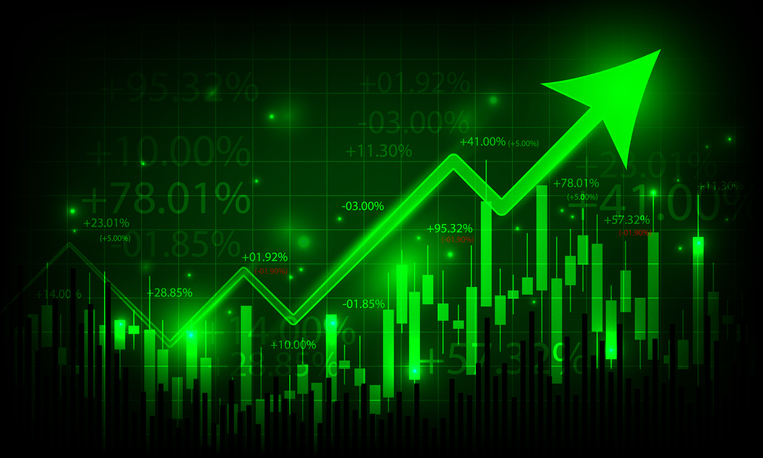 Stock Market Today: S&P 500 Nabs Longest Win Streak Since 2004
Stock Market Today: S&P 500 Nabs Longest Win Streak Since 2004The stock market's rebound from its mid-April tariff-induced lows has been nothing short of impressive.
-
 Stock Market Today: Dow Drops 971 Points as Powell Pressure Ramps Up
Stock Market Today: Dow Drops 971 Points as Powell Pressure Ramps UpPresident Trump is increasing his attacks against Jerome Powell, insisting the Fed chair cut interest rates.
-
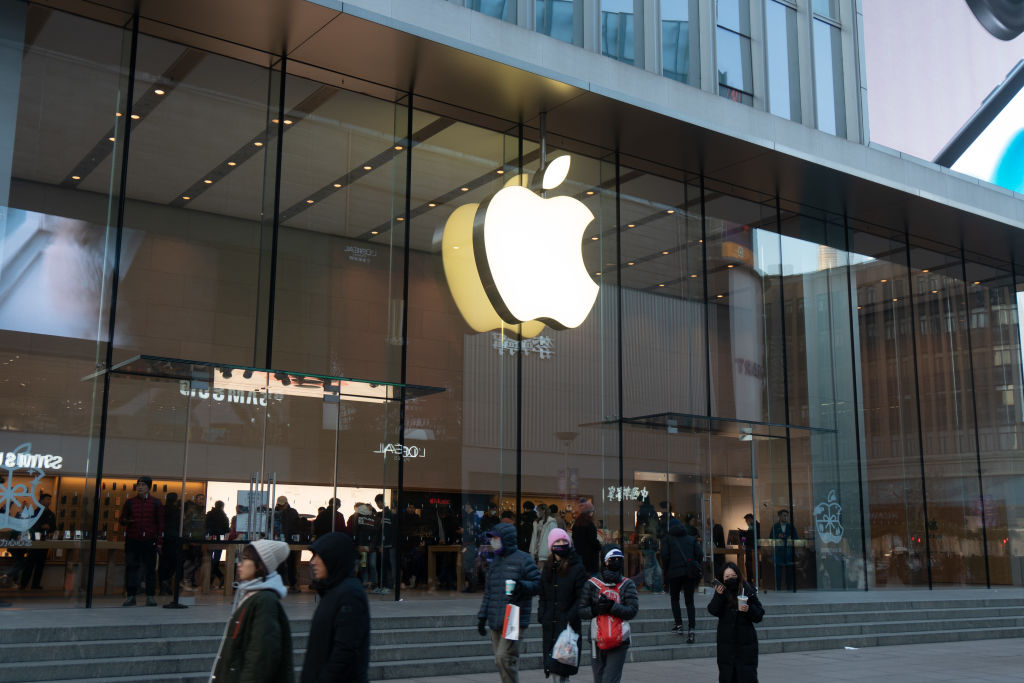 Wall Street Is Worried About Apple Stock. Should You Be, Too?
Wall Street Is Worried About Apple Stock. Should You Be, Too?Analysts expect Trump's sweeping tariffs to have an outsized impact on Apple stock. How concerned should investors be?
-
 The Stock Market Is Selling Off. Here's What Investors Should Do
The Stock Market Is Selling Off. Here's What Investors Should DoInvestors started fleeing the equities market en masse in response to the Trump administration's "jaw-dropping" tariffs. But the experts say don't panic.
-
 Should You Sell Tesla Stock as Elon Unrest Grows?
Should You Sell Tesla Stock as Elon Unrest Grows?Tesla's CEO is wearing many hats and is managing them "with great difficulty."
-
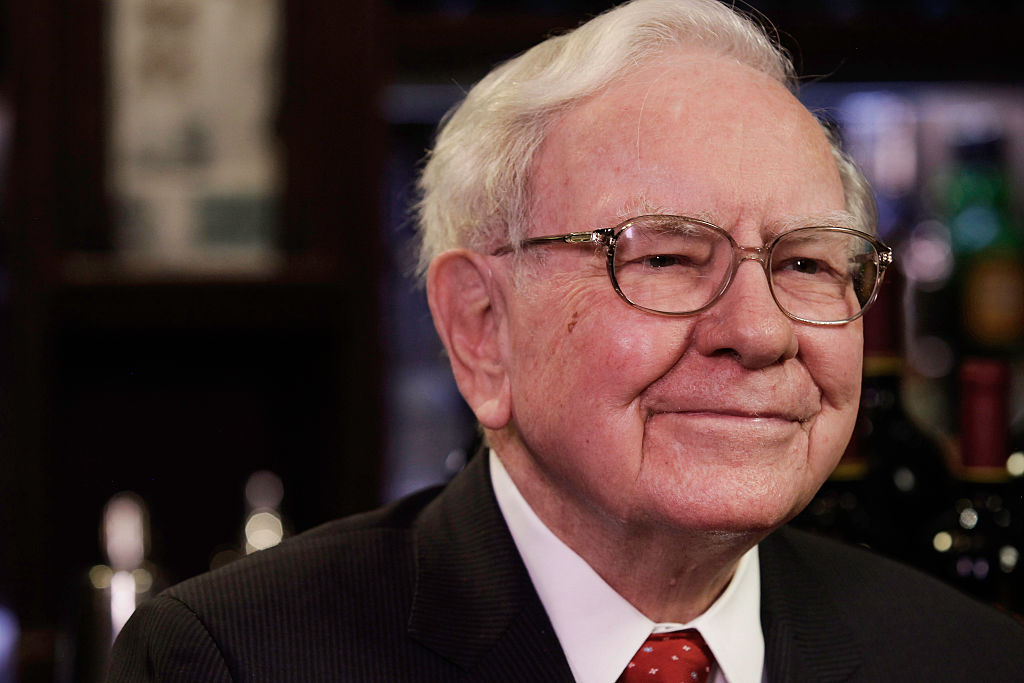 5 of Warren Buffett's Best Investments
5 of Warren Buffett's Best InvestmentsWarren Buffett has had plenty of wins throughout his decades of investing. Here, we highlight five of Buffett's best investments.
-
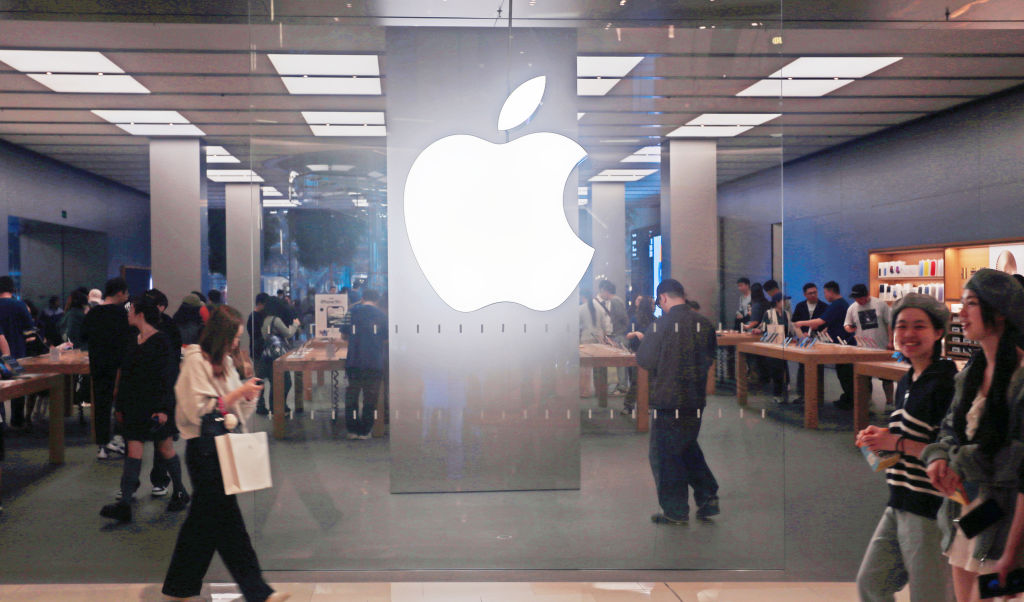 Apple's 100,000% Return Is a Result of Innovation, Brand Loyalty and Buybacks
Apple's 100,000% Return Is a Result of Innovation, Brand Loyalty and BuybacksApple spends billions buying back its own shares, but this is just one catalyst behind the incredible growth in its share price.
-
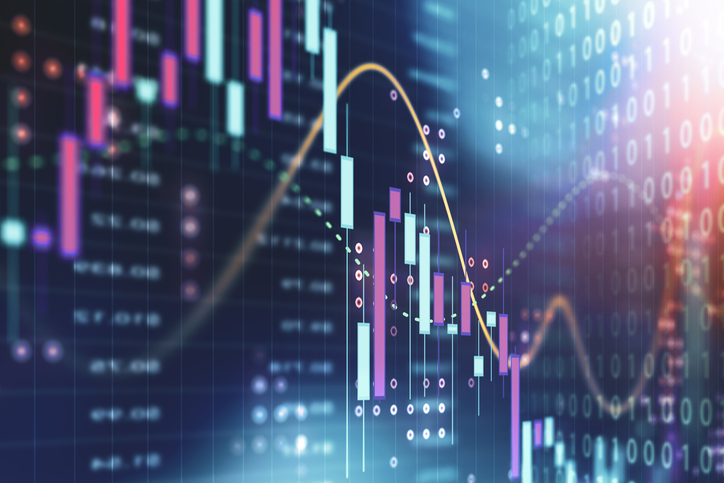 Stock Market Today: Stocks Struggle After Trump's EU Tariff Threats
Stock Market Today: Stocks Struggle After Trump's EU Tariff ThreatsStocks pared early gains after Trump threatened the European Union with 25% tariffs.